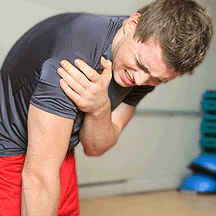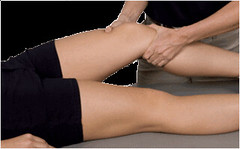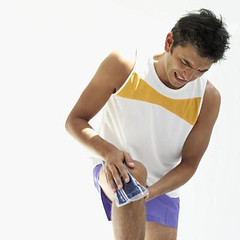If you worked hard to reach your goals during your climb, you’re probably sore. Climbing is one of the most efficient workouts you can get! You use virtually every muscle in your body in a mashup of coordination, strength training, and balance. It’s good for the mind, too, developing self-confidence, learning to visualize and problem-solve. And of course it’s fun!

With all that vigorous exercise, it’s no wonder your body complains sometimes! Though not all soreness indicates an injury. Some soreness results from muscle fatigue, some from other stresses. But some soreness is a red flag–so if the pain persists, see a healthcare professional–otherwise, there are some easy and practical things you can do to reduce or eliminate the pain you’re feeling.
Most post-workout soreness is classified as delayed onset muscle soreness (DOMS). DOMS can make it tough to walk, reduce your arm strength, and generally make your life uncomfortable for a couple of days. Accompanying swelling and inflammation can build up for days after a workout, and that’s why muscle soreness may be worse two, three, or even four days after a workout (it can take up to five days for muscles to heal completely depending on the intensity of the workout).

That’s where sports massage comes in! Massage can dramatically reduce the duration and intensity of post-climb muscle soreness. Many active climbers get a massage twice a month, some weekly, and then have their therapist show them self-massage techniques to help them feel better in between sessions.
Sports massage is a more vigorous form of bodywork and can include stretching, compression, and manipulation of skin and connective tissue. It helps to channel and increase blood flow bringing more oxygen to the muscles, which increases muscle efficiency. It lengthens, tones and increases your range of motion in muscles used during your climbing session. It can also dramatically speed up recovery and reduce soreness.
You might think that forearm soreness, elbow tendinitis and tweaked fingers and sprained ankles are a regular part of a climber’s life, but they don’t have to be!











